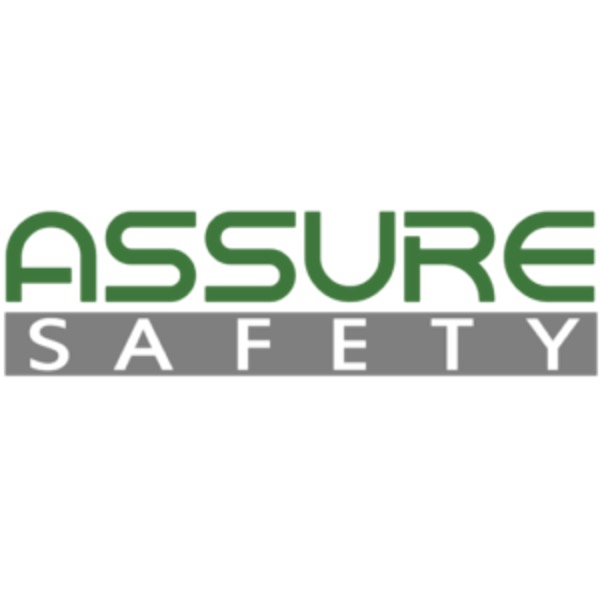Title Page
-
Hoist serial or unit number
-
Inspected by
-
Inspected on
-
Location
-
1. The following tests must be performed at the start of each work shift. If the hoist fails any test, DO NOT use it until it is repaired.
2. Perform all daily tests to ensure correct operation! Do not use the hoists for lifting until you have
successfully completed the daily tests.
Testing the Overspeed Brake
-
While powering the hoist up and down approximately 3 ft, look through the access window. Ensure the fly wheel is turning.
-
De-reeve the wire rope.
-
Reinsert the rope about 12 inches into the hoist.
-
-
Holding the wire rope firmly, pull it out quickly. If the brake is working correctly it will grab and hold the wire rope in less than 4 inches. Repeat this test at least 3 times. If the brake does not work correctly for all attempts, get a replacement. DO NOT USE THE HOIST.
-
Reset the overspeed brake.
Testing the Overspeed Brake Test Button
-
Push the UP control button and raise the platform approximately 3 ft.
-
While powering down, push the overspeed brake test button. The hoist should stop quickly.
-
Release the emergency descent lever to make sure the overspeed brake has locked onto the suspension rope.
Resetting the Overspeed Brake
-
Power up a few inches, at the same time turn the overspeed brake reset knob clockwise until the reset lever engages. If there is not enough traction to raise the hoist, pull downward on the tail line to increase traction.
Testing the Emergency Stop Button
-
While running the hoist in either direction, press the red emergency stop button. The hoist should not run in either direction. To reset, pull the button out.
TESTING THE SECOND WIRE ROPE BRAKE (OPTIONAL ITEM, MAY NOT EXIST ON ALL MODELS)
-
Lower the platform to ground level. Slacken the main suspension wire rope. Pull on the second wire rope to ensure that grab jaws are locked onto it. Jaws should release when the main suspension wire rope raises the hoist.
Testing Controlled Descent
-
Raise the hoist approximately 3 ft.
-
Disconnect the power supply. During this test, or when you are actually using the controlled descent, CAREFULLY pull the controlled descent lever, making sure the hoist does not overspeed. The hoist should descend at a slow, controlled speed.
-
If the hoist travels faster than 35 ft/min, the overspeed brake should engage and stop downward travel. If not, the emergency descent
system is not working properly and should not be used.
Daily Inspection
-
Inspect the following items to ensure they are in good working condition and are not damaged. If not, contact maintenance personnel asap or send Corrective Action via iAuditor.
-
CAUTION
Never attempt any maintenance or repair while the scaffold is suspended in the air. -
SAFETY NOTES
DO NOT operate hoist if you hear any unusual noises.
DO NOT operate hoist if adjustments or repairs seem necessary.
DO NOT operate hoist if any warning, operating, or capacity instructions are unclear or damaged. Report any Problems to
your supervisor and notify the next operator when changing shifts.
NEVER operate an electric hoist or any electrical equipment in an explosive atmosphere. Explosive atmospheres exist
around refineries, chemical plants, grain elevators, coal mines or coal handling equipment. This is not a comprehensive list.
Consult an expert (e.g. supervisor, safety director, competent person) if you are in doubt about the safety of your immediate
surroundings. -
Wire rope
-
Power supply
-
Rigging
-
Platform
-
Hoist
-
Bolts, nuts, and clamps tight and well secured?
-
When using the hoist in a dirty environment that contains epoxy, paint, cement, sand blast residue, or corrosive material,
inspect the secondary overspeed brake several times a day. Protective covers are recommended for use in such environments.
Contact your local supplier.
Sign Off
-
Name and signature of inspector.











